Nozomi cabbage, description and photo, yield, cultivation principle, care, application

It is believed that the early variety of cabbage is more saturated with carbohydrates, vitamins and minerals than the late variety of this crop. This cabbage is used to prepare cabbage rolls and salads; the dishes are very aromatic and tasty.
Among the early ripening varieties, Nozomi cabbage is very popular. Judging by the reviews, this crop is very productive, the heads of cabbage are of high quality, and the leaves are juicy.
However, it is very important to approach the growing process and care with all responsibility. Let's look at each step separately.
Content:
- Nozomi cabbage, description and photo
- Plant yield
- For what purposes is it used?
- Growing Nozomi Cabbage
- Rules of care: planting, watering, weeding, fertilizing
- Disease resistance
- Advantages and disadvantages of Nozomi F1
Nozomi cabbage, description and photo
Cabbage Nozomi is an early variety. The growing season begins with the period of planting seedlings in open ground and ends with harvesting. In total it takes from fifty to sixty days. It turns out that if you sow seedlings in early March, then in early May you will be able to harvest the first harvest.
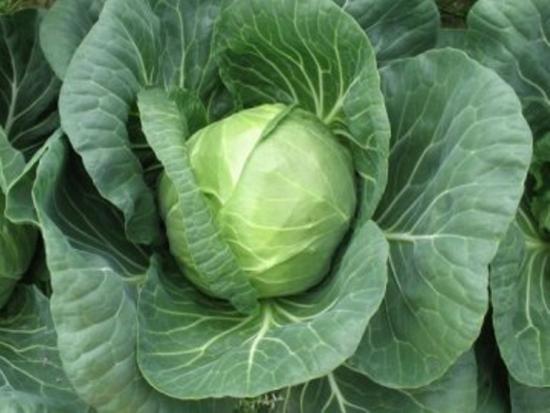
This species is famous for its high fruiting and double harvest. The forks are formed densely, the mass of the head of cabbage ranges from 2.5 to 3 kilograms. Experts rate the density at four and a half points on a five-point scale.
Cabbage has a presentable appearance for a long time, up to 90% of the harvest retains its original color and appearance. Thanks to this quality, the product is suitable for transportation over long distances.
The foliage of the vegetable is gray-green. There is a small wave along the edges, the base is bubbly, if you look closely, a waxy coating is slightly noticeable.
The fork shape is flat, round. When cut, the head of cabbage is yellow-white. The stalk is small inside and there is a small protrusion on the outside.
The product does not crack, even under adverse weather conditions or excessive watering.
The seedlings grow quickly, are unpretentious and do not require the use of special agrotechnical skills.
As you can see from the description, cabbage is very good, so it’s worth learning in advance about some of the nuances that will allow you to achieve maximum yield.
Let's watch a video about Nozomi cabbage:
Plant yield
The plant's productivity is quite high. The great advantage of this crop is that after just a month and a half you can harvest the first fruits. From one square meter, with proper care, you can collect from five to ten kilograms.
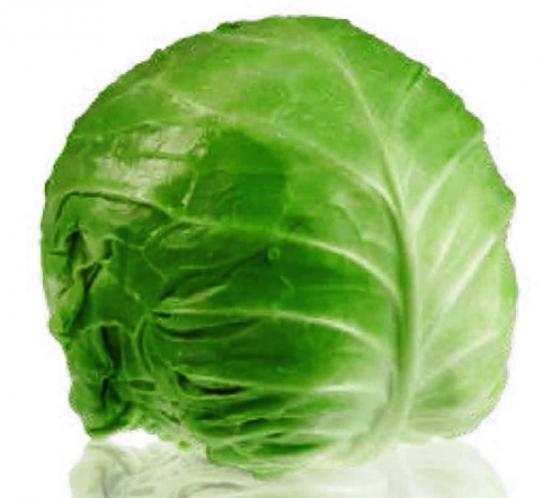
Experts recommend cleaning immediately before using the product, this will maximize the preservation of all its beneficial properties and juiciness.
If you make the correct cut, then after a month and a half you can harvest again. To do this, when harvesting a head of cabbage, it is important to leave six to eight lower leaves. Then it is necessary to fertilize with mullein.
For what purposes is it used?
Nozomi cabbage is very tasty and juicy, but it cannot be used for pickles and dressing, as in this form the vegetable quickly deteriorates.
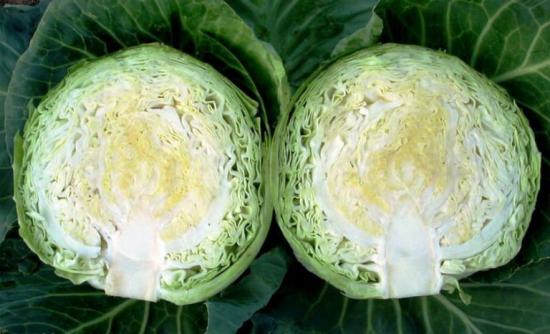
This product is best suited for preparing fresh salad, adding it to borscht, soup, preparing cabbage rolls or stewing.
Growing Nozomi Cabbage
In order to get a bountiful cabbage harvest in early July, you need to start planting seed material in early March. The development of seedlings lasts one and a half to two months, after which the crop is planted in open ground.
The seed is planted in boxes, which are subsequently stored in greenhouses or on a windowsill. Prepared soil based on humus and turf soil is poured into the container; when preparing the soil, you need to take into account the proportion; put the components one to one. Superphosphate (15 grams per 10 kilograms of land), ammonium nitrate in the same proportion, and potassium chloride (6 grams per 10 kilograms) are perfect as mineral fertilizers.

Seeds must be processed before planting. To do this, the material is dipped in a potassium permanganate solution for disinfection, and then periodically dipped in cold and hot water to harden and prepare for further weather conditions. The seeds are placed on moss or a damp soft cloth for germination. To speed up the process, it is important that the room temperature is high, not lower than 20 and not more than 30 degrees.
After germination, the seeds are deepened 1.5 cm into the prepared soil. The sprout is covered with earth on top and moistened with a spray bottle. The box is covered with glass or plastic film and placed on a windowsill or in a greenhouse. The main condition is that the place is well lit and warm.
If you follow everything according to the instructions, the first shoots will appear on the fifth, maximum seventh day.Now the film opens, and when the first leaves appear, the box is moved to a cool room, and the seedlings are picked (in this case, the optimal temperature is plus 13-15 degrees). 14 days before planting in the garden, the seedlings are periodically taken outside for adaptation.
Rules of care: planting, watering, weeding, fertilizing
The finished seedlings will need to be transplanted into open ground. To do this, you need to initially prepare the site, dig it up and mix it with organic matter: compost, manure or humus. In early April, apply fertilizers containing phosphorus and potassium.
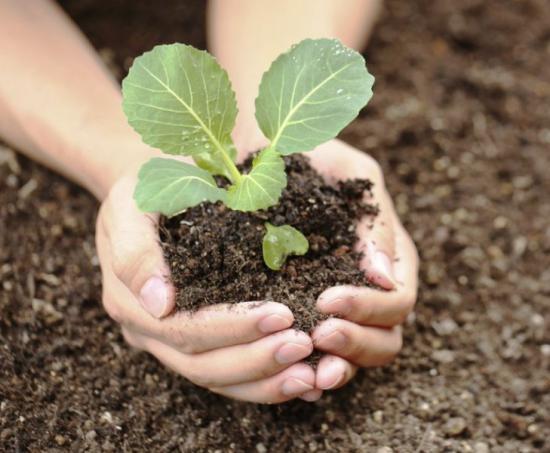
Step-by-step instruction:
- Planting in open ground begins in mid-May.
- The size of the hole should be 50 by 50, or 60 by 60 centimeters.
- Before planting, it is necessary to pour half a kilogram of humus, three grams of ammonium nitrate, four grams of potassium salt and seven grams of superphosphate into all holes before planting.
- Add half a liter of river silt, this will make the soil loose.
- Deepen the seedlings to the cotyledons.
- The bushes are watered abundantly.
Experts recommend carrying out this manipulation in the morning or evening, when it is cloudy outside.
We invite you to watch an interesting video about planting early varieties of cabbage in the ground:
If you do everything correctly and strictly follow the recommendations, then the harvest will be early and abundant.
Proper care is required during the growth process.
Abundant watering
It is necessary to water the soil until the moisture reaches the root system of the cabbage. To do this, it is enough for water to penetrate to a depth of 50 cm. Approximately 2-3 liters of water are required per hole. If the weather is dry and without rain, then watering is carried out once every two days.
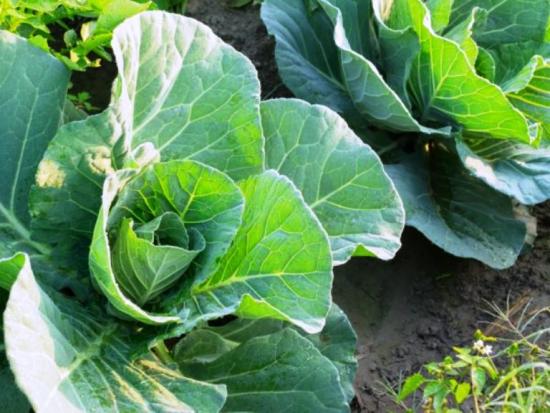
Top dressing
14 days after planting the seedlings, the first fertilizers are applied to the open ground.To do this, dilute bird droppings and mullein with water, in the first case the concentration is 1 to 15, in the second case 1 to 7. The finished solution is poured 1 liter for each cabbage sprout. In the future, the same fertilizers are used, only at a slightly lower concentration.
In the future, mineral fertilizers are also used, they are diluted in water, 50 grams of potassium salt, 20 grams of superphosphate, 40 grams of ammonium nitrate are used per 10 liters. Fertilizers of this type are introduced twice during 1 season.
Disease resistance
Diseases are typical for a given crop only in two cases: if the growing season was carried out incorrectly or care rules were not followed.
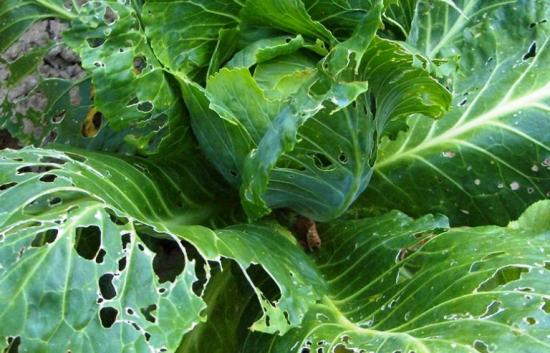
Diseases characteristic of cabbage are listed in the table.
| Clubroot fungus | Due to excessive watering, the acidity in the soil increases and the fungus multiplies. The disease manifests itself due to external factors, the cabbage grows slowly, the leaves begin to wither, and lumps and growths form on the root system. To remove the infection, you should destroy the affected cabbage and disinfect the soil with Bordeaux mixture. |
| Dry rot | The disease reveals itself by the formation of gray spots on the foliage and a black stalk. If the fungus penetrates deeply, the head of cabbage becomes rotten and unsuitable for consumption. To prevent the disease, seedlings should be treated with wood ash once a week for 21 days. |
| Gray rot | This disease affects vegetables after harvest. To avoid this, you need to periodically inspect the heads of cabbage and ventilate the room in which they are stored. |
| Bacterial infection | The disease infects the vessels of cabbage. Symptoms are: the development of an unpleasant odor and the formation of mucus on the surface of the foliage.This disease is typical if the soil area has a lot of nitrogen, a lot of moisture, or there have been sudden changes in temperature. |
| Sclerotinia | Develops due to prolonged cold rains. Manifested by rotting of the fork. |
| Necrosis | The disease develops if excess fertilizer is added. The onset of the disease is indicated by the formation of small black dots on the head of the cabbage. |
In addition to diseases, pests that are dangerous for cabbage are:
- Cabbage fly. When examining the plant, white larvae can be found. Most often they feed on the root system and stem tissue. To avoid fly infestation, you need to treat the area around the hole with mothballs, ash and tobacco dust. All substances are added in equal proportions.
- Owl butterfly. This insect is brown in color and has longitudinal stripes on its abdomen. Caterpillars are especially dangerous; they crawl deeper and deposit green excrement there. If you regularly spray with insecticides, damage will not occur.
- White butterfly. To combat this, you can plant calendula or marigold flowers next to cabbage. Butterflies cannot stand the smell of these plants and do not fly close. If there are no such flowers, you can treat the bushes with mustard or vinegar.
- Aphid. Foliage damage occurs. It is necessary to spray the vegetable with solutions based on wormwood and tobacco.
In each case, you need to periodically review the condition of the bushes and take timely measures if certain symptoms appear.
Advantages and disadvantages of Nozomi F1
Although Nozomi cabbage is considered a hybrid, it is a leader among early crops due to its positive qualities.
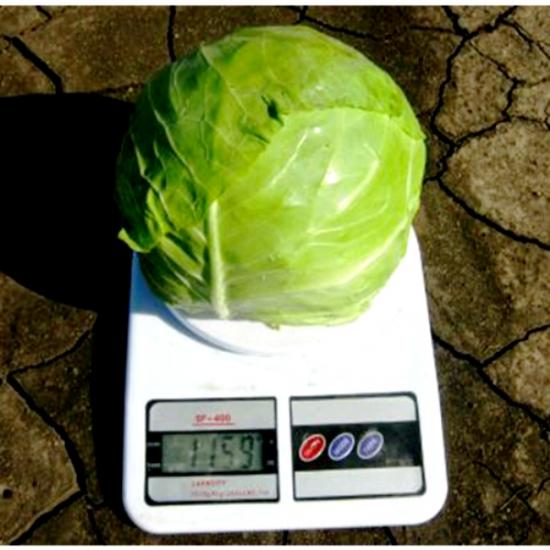
Here are some of them:
- high fruiting;
- simultaneous ripening of all heads of cabbage;
- presentable appearance;
- the variety is suitable for long-distance transportation;
- juicy and aromatic heads of cabbage;
- frost-resistant;
- minimum requirements for care and cultivation.
Among the disadvantages are the unsuitability for storage in winter in fresh, rolled or salted form.
So, Nozomi cabbage is a very tasty early-ripening variety. With proper care, it produces a good harvest, is suitable for sale, and is actively used in cooking.

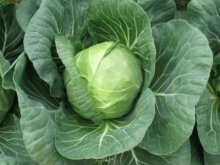
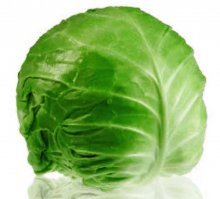
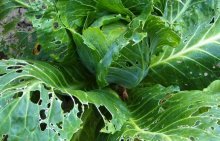
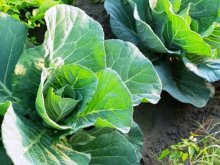
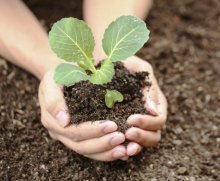

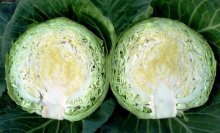
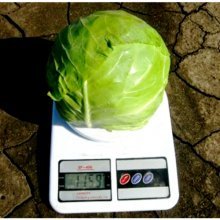
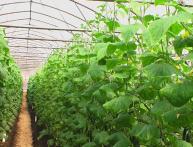
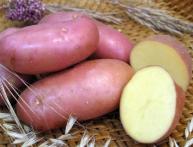
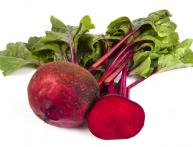

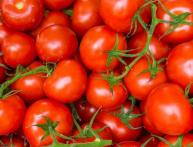
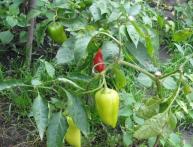


Comments
We love early cabbage, but we don’t plant it that often. Cabbage is a moisture-loving crop; it needs to be watered every day, and in hot weather, even twice a day. In addition, early cabbage can be planted quite early, as it is quite resistant to frost.